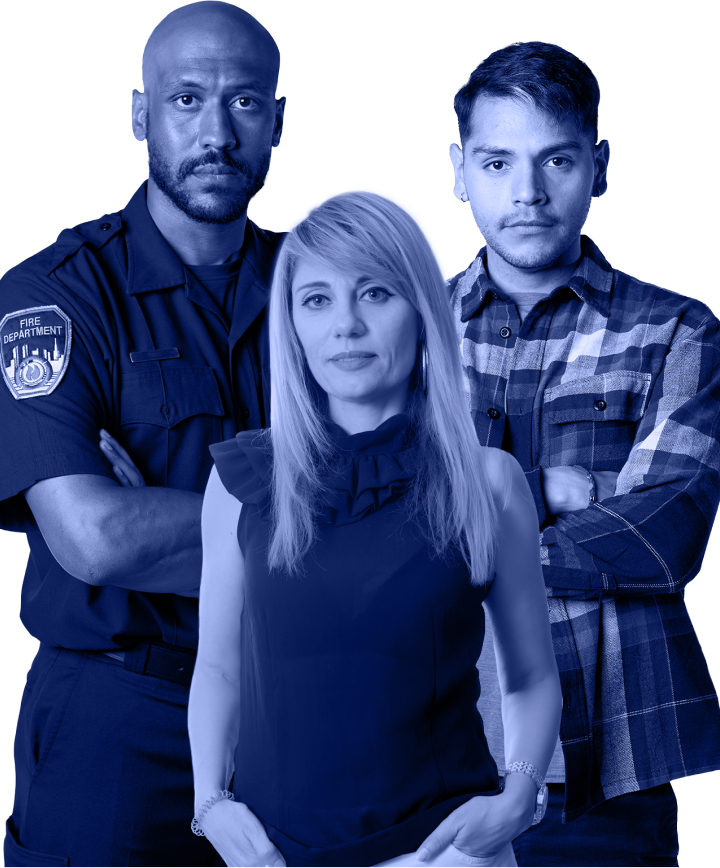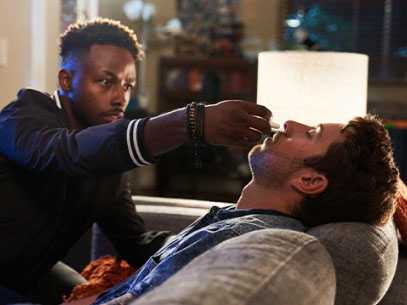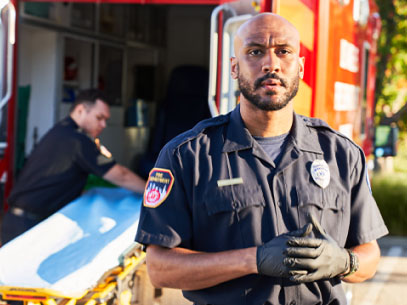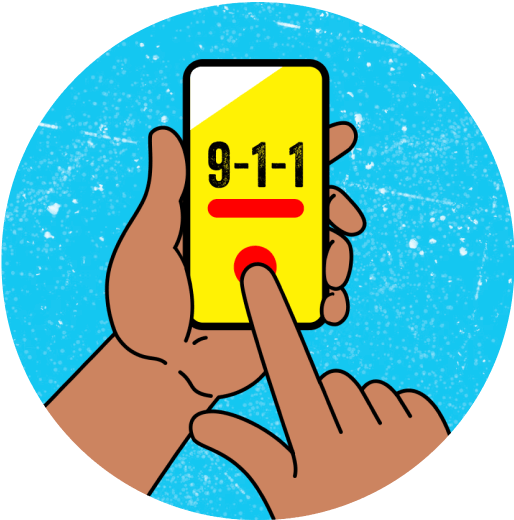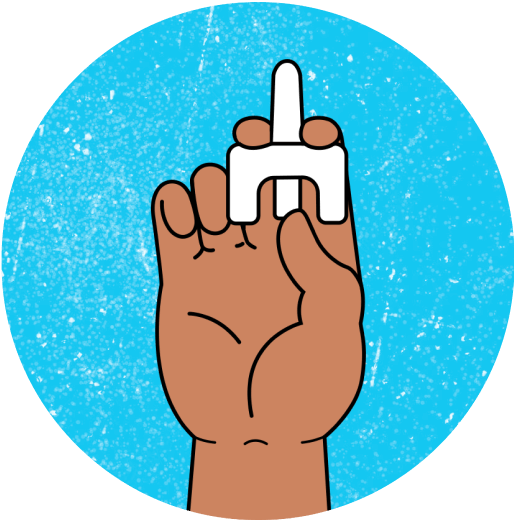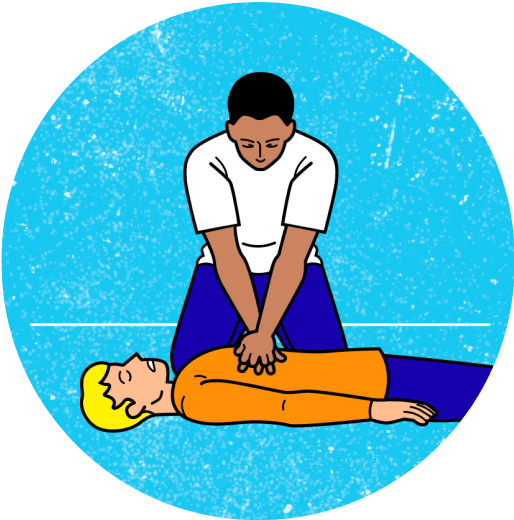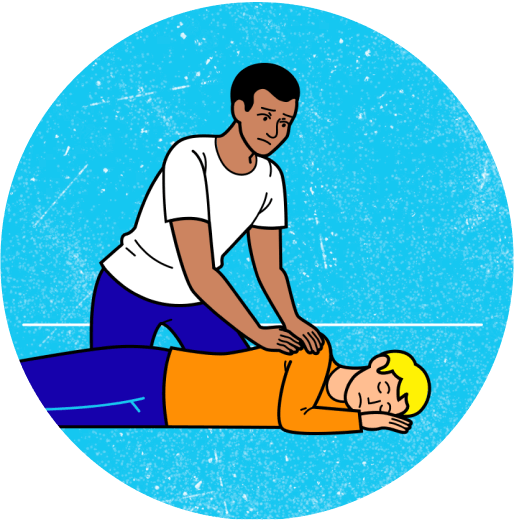Together we defeat overdose
Too many lives have been lost to fentanyl-laced drugs. Fentanyl Frontline – an effort by the Department of Public Health Substance Abuse Prevention and Control Bureau – is on a mission to reduce overdose and increase awareness around fentanyl. With the right information, real facts, and achievable steps to take, we can shift the tides of overdose in Los Angeles County.
Why you need naloxone
Why overdose is a real risk
Why you need a backup plan
Overdose happens fast
Know what to do
Call 911
ASAP
California has a Good Samaritan Law in place that helps to protect people from liability or arrest when they act in good faith and with reasonable care to seek medical help or administer naloxone.
Give them
naloxone
Naloxone is a life-saving medication that can reverse an overdose and help restore their breathing. In some instances, MULTIPLE doses may be necessary.
Start rescue
breaths
If they are unresponsive, first tilt their head and support their neck. Then, gently blow into their mouth. Repeat two rescue breaths for every 30 chest compressions.
Stay with
them
Even after naloxone, keep checking their breathing. Continue to monitor them until medical help arrives or for at least four hours until their breathing returns to normal.
Talk to teens
about fentanyl
Make sure they know the risks of laced drugs and how to use naloxone.
Toolkits
Articles
Sources
- California Department of Public Health. (n.d.). Fentanyl testing to prevent overdose: Information for people who use drugs and healthcare providers.
- Centers for Disease Control and Prevention. (2021). Preventing opioid overdose.
- National Institute on Drug Abuse. (2022). Naloxone DrugFacts.
- Centers for Disease Control and Prevention. (n.d.). Naloxone: Family and caregivers, what you need to know about naloxone.
- County of Los Angeles Public Health. (n.d.). Los Angeles County substance use treatment services.
- County of Los Angeles Public Health. (n.d.). Fentanyl.
- County of Los Angeles Public Health. (2023). Data report: Fentanyl overdoses in Los Angeles County.
- County of Los Angeles Public Health. (n.d.). Fentanyl and overdoses in Los Angeles County: A resource toolkit for parents.
- County of Los Angeles Public Health. (n.d.). Fentanyl in Los Angeles County. Recover LA.
- County of Los Angeles Public Health. (n.d.). Substance Abuse Prevention and Control: Harm reduction.
- U.S. Drug Enforcement Administration. (2022). What every parent and caregiver needs to know about fake pills.
- DOPE Project. (2020). Fentanyl use and overdose prevention tips. National Harm Reduction Coalition.
- Substance Abuse and Mental Health Services Administration. (2023). Opioid overdose.
- Stanford University. (n.d.). Talking to your college student about alcohol: A parent/guardian guide.
- U.S. Food and Drug Administration. (2020). FDA recommends health care professionals discuss naloxone with all patients when prescribing opioid pain relievers or medicines to treat opioid use disorder.
- U.S. Drug Enforcement Administration. (2024). Year in review: DEA innovates to fight fentanyl.
